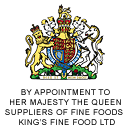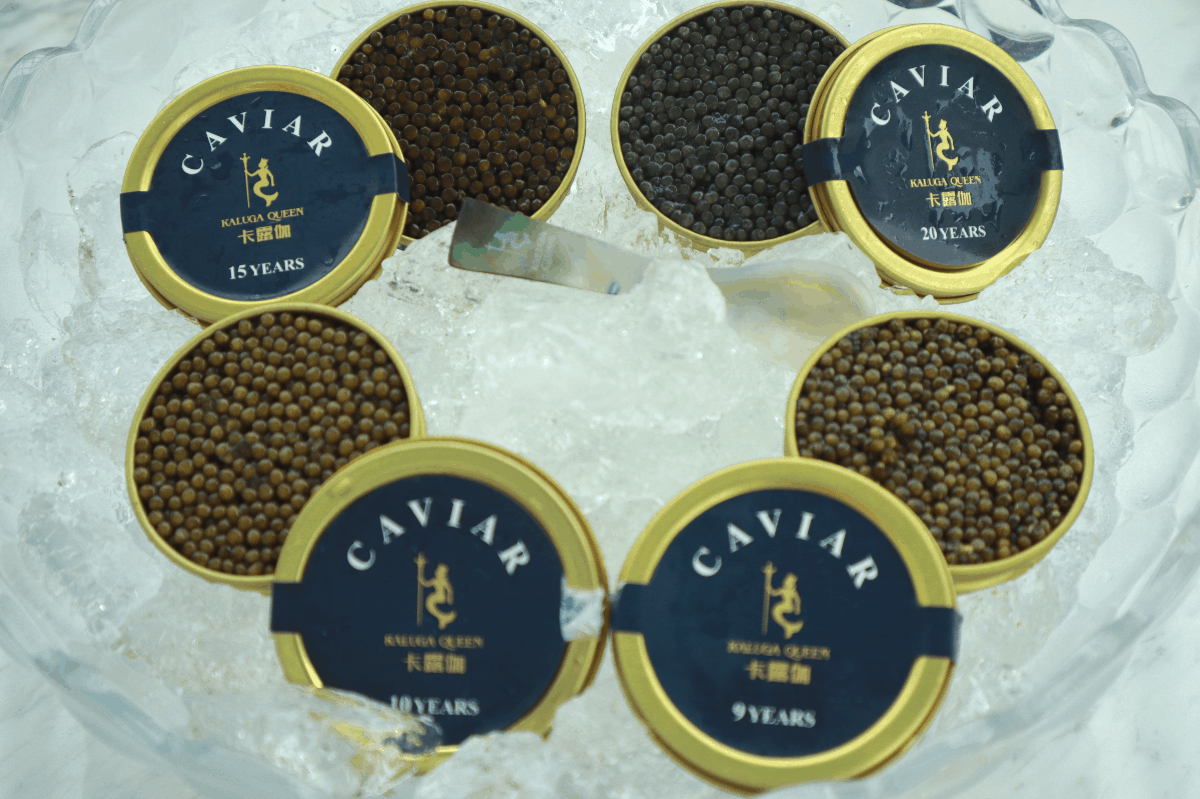About Caviar, King's Fine Food Blog
Things To Know About Caviar
Things To Know About Caviar from our friends at Culinary Ambition
Caviar is a delicacy and elevates a regular dish to an exclusive and luxurious one. The black or golden coloured pearls pop in the mouth and add a distinguished flavour.
Culinary Ambition was lucky enough to receive an invitation to visit the biggest producer of caviar. Read on to learn about our experience and visit to the Kaluga Queen farm followed by a tasting.
Sturgeon and Caviar
At Kaluga Queen they produce five varieties which are Siberian sturgeon, Russian sturgeon, Kaluga, Hybrid sturgeon, and Amur sturgeon.
Siberian sturgeon produces these delicate eggs the quickest after “only” 7 to 8 years. Its colour can be brown, grey, or black, and the flavour is pure with a light aftertaste.
Hybrid sturgeon is a crossbreed from Kaluga and Amur and unique to Kaluga Queen. The caviar matures in the 8th to 10th year. The colour ranges from dark grey to light yellow and even golden while the toe is firm and pops with a long-lasting aftertaste.
The caviar of Russian sturgeon is the well-known Oscietra and matures in the 10th to 11th year. The colour has many shades of brown and the firm grain is juicy with a nutty taste.
Kaluga sturgeon take 15 to 20 years to mature and produce caviar. This is one of the biggest sturgeons and can reach over 1000 kg. The roe varies from medium to dark brown and the full-bodied flavour has a special aftertaste.
Beluga might be the best known by name, but it also takes the longest to mature. It takes more than 20 years before the caviar of dark grey to pearly grey is produced. The pearls are the biggest with over 3.5mm and have a buttery, complex flavour.
Interesting and Fun Facts about caviar
Only sturgeon produce caviar. There are 27 species of sturgeon that produce it, with Beluga and Sevruga being the highest quality. If the eggs are products of salmon, trout, or any other fish, it is sold on the market as roe.
It is now illegal to capture sturgeon in the wild for its eggs because all sturgeon species, like Beluga, are on the endangered list. All premium caviar nowadays is farmed to protect endangered species.
Caviar can be extracted without killing the fish. The most amazing process is the Kohler process where special massage techniques are applied to get the eggs. Although this technique is revolutionary, it is said that the caviar is of lesser quality because it gets too soft after the massage.
It was a delicacy known by Russian Tsars, as well as ancient Greeks and Romans, long before Champagne, oysters, and truffles.
Caviar was often a snack in places like Russia and other Caspian Sea countries during the 20th century. They smeared it on dark bread just like we consume butter.
Caviar has long been seen as an antidepressant because of its high omega-3 content. Not sure if it should be compared as an ancient Prozac but it is said that it made people happy 😊
Caviar is also seen as a very healthy protein. It has more nutrients and minerals than any other protein.
It is a long-standing tradition to serve blinis with cream and caviar. Today caviar is available for any dish that needs an upgrade, from fish burgers to pasta.
Read the complete article here



